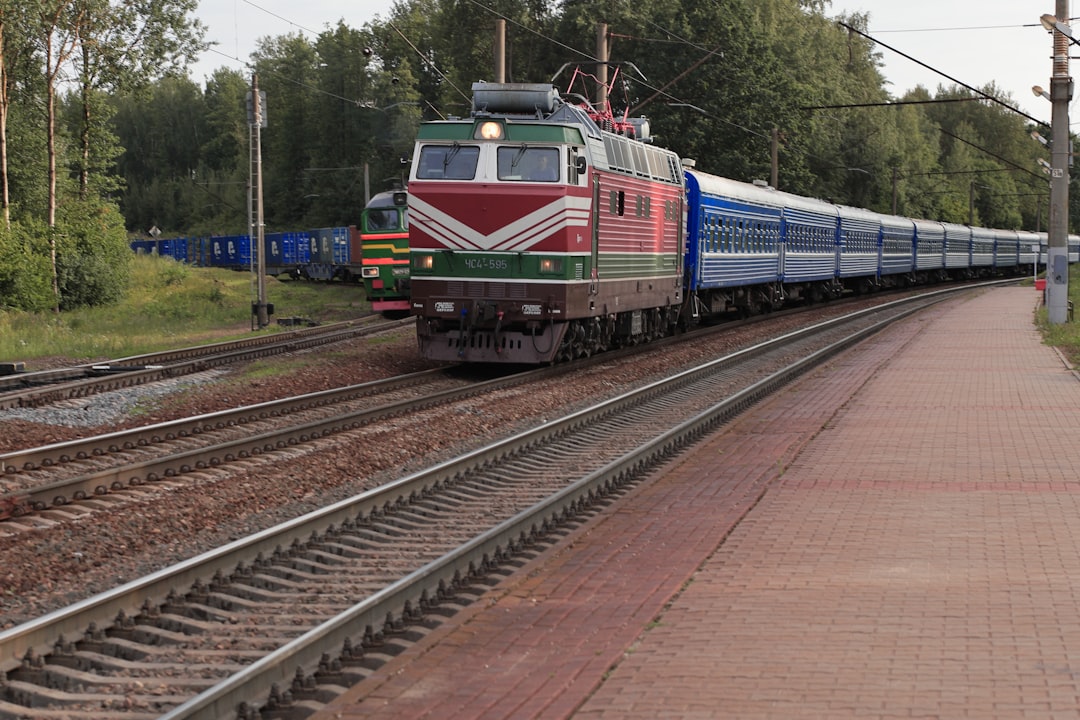
Understanding Platform Outage Causes Latency Issues with CommandLine Interface
In today’s fast-paced digital landscape, the efficiency and reliability of software applications are critical. When platforms experience outages, users often encounter latency issues, particularly when using CommandLine Interfaces (CLIs). Understanding the causes of these outages and their impact on latency can help organizations mitigate risks and improve user experiences.
What is a Platform Outage?
A platform outage refers to a period when a software service becomes unavailable or significantly degraded. This can be due to various factors such as server failures, network issues, software bugs, or maintenance activities. Outages can lead to significant downtime, impacting productivity and user satisfaction.
How Outages Cause Latency Issues in CommandLine Interfaces
When a platform is down, the CommandLine Interface, which relies heavily on network connectivity to execute commands, can experience significant latency. Below are the primary factors contributing to this latency:
1. Network Disruptions
Network issues are among the most common causes of platform outages. When the network is down or experiencing high traffic, the response time for CLI commands can degrade. This is particularly evident in cloud-based environments where users depend on remote servers.
2. Server Load and Performance Bottlenecks
During outages, servers may become overloaded as they attempt to handle requests from multiple users. This leads to performance bottlenecks, resulting in delayed responses for CLI commands. Users may notice that commands take longer to execute or time out altogether.
3. Resource Exhaustion
In some cases, outages could lead to resource exhaustion, where CPUs, memory, or other critical resources are fully utilized. This can slow down the execution of CLI commands, as the system struggles to allocate the necessary resources to fulfill user requests.
4. Service Dependencies
Many CLI tools interact with multiple services or APIs. If one of these dependencies is down, it can cause cascading latency issues across the entire CLI experience. For example, a command that relies on data from a remote database may fail or execute slowly if the database is unreachable.
Emerging Trends and Solutions
As organizations increasingly rely on cloud-based services and remote infrastructure, understanding the implications of outages is vital. Here are some emerging trends and solutions to address these issues:
1. Automated Monitoring and Alerts
Implementing automated monitoring tools can help organizations detect outages before they impact users. By setting up alerts for unusual network activity or server performance, teams can respond proactively to outages and minimize latency.
2. Redundancy and Failover Strategies
Developing redundancy in server architecture can mitigate the effects of outages. By utilizing failover strategies, organizations can ensure that if one server goes down, another can take its place, maintaining the performance of the CLI.
3. Improved Network Infrastructure
Investing in robust network infrastructure can help reduce the likelihood of network-related outages. This includes using high-performance routers, optimizing network paths, and employing load balancers to distribute traffic evenly.
4. CLI Resilience Techniques
Designing CLI applications with resilience in mind can significantly enhance user experiences during outages. Implementing techniques such as command queuing or retry mechanisms allows CLI tools to handle temporary outages gracefully.
Case Study: Real-World Impact of Platform Outages
Consider a scenario where a popular cloud platform experienced a significant outage due to server overload. Users relying on CLI tools for deploying applications faced increased latency, causing delays in software releases. The platform’s response involved deploying additional servers and refining their load balancing algorithms, resulting in a 30% reduction in latency for CLI commands post-outage.
Expert Opinion
According to industry experts, “Understanding the root causes of platform outages and their impact on latency is essential for organizations leveraging command-line tools. By focusing on proactive measures, businesses can not only enhance their CLI performance but also improve overall user satisfaction.”
Further Reading and Resources
To expand your understanding of the Platform Outage Causes Latency Issues with CommandLine Interface, consider exploring the following resources:
By implementing the strategies discussed above, organizations can better prepare for potential outages, ensuring that their CLI remains responsive and efficient.
If you found this article helpful, consider sharing it with your peers or subscribing to our newsletter for more insights into technology trends!


